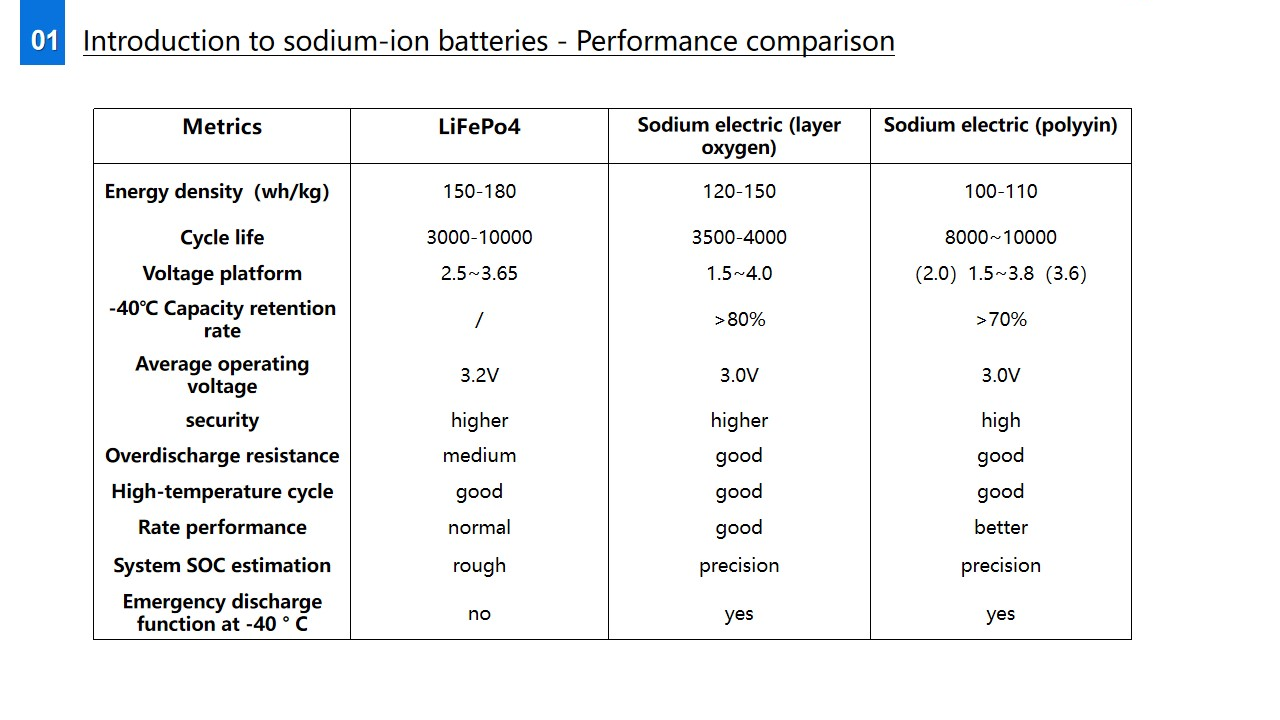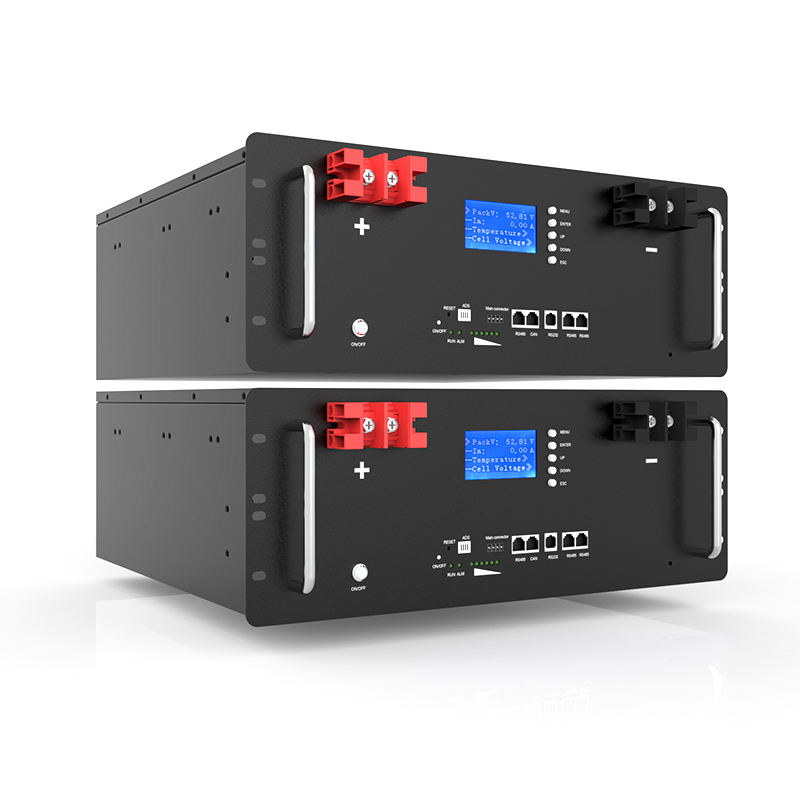1. Raw Material Supply: Breaking Free from Resource Constraints
Sodium batteries primarily use sodium (Na), which can be extracted from salt mines or seawater, offering nearly unlimited reserves. In contrast, lithium batteries rely on lithium resources with uneven global distribution (China holds only 6.9%), resulting in high import dependency and geopolitical risks.
2. Performance Advantages: Surpassing Lead-Acid and Lithium Batteries
Cold-Weather Starting: Sodium batteries retain 85% capacity at -40°C, while lead-acid/lithium batteries drop to 50% at -20°C.
Cycle Life: Sodium batteries achieve 2000-3000 cycles (vs. 300 cycles for lead-acid and 500 for AGM), with a 5-year warranty and up to 10 years of actual service life.
Charging Speed: Sodium batteries fully charge in 20 minutes, compared to 24 hours for lead-acid batteries.
3. Energy Efficiency and Cost Benefits
5% Fuel Savings: High starting efficiency reduces engine load, and rapid charging minimizes alternator fuel consumption.
Weight Reduction: Sodium batteries weigh 1/3 (passenger vehicles) to 1/6 (commercial vehicles) of lead-acid batteries, lowering overall energy consumption.
4. Safety and Environmental Sustainability
Safety: Sodium batteries have lower energy density than lithium iron phosphate (LFP) batteries and utilize solid-state technology, eliminating fire or explosion risks.
Eco-Friendly: Lead-free and acid-free design prevents pollution and corrosion, aligning with global decarbonization goals
5. Adaptability to Special Conditions
Maintenance-Free: No acid leakage risks, eliminating the need for electrode corrosion cleaning.
Deep Discharge Tolerance: Can be fully discharged repeatedly without damage, requiring no protective circuitry.
 Conclusion: Why Sodium Batteries Are the Future?
Conclusion: Why Sodium Batteries Are the Future?
With advantages in resource independence, extended lifespan, extreme-environment adaptability, and eco-friendliness, sodium batteries are rapidly replacing lead-acid batteries while addressing lithium batteries' safety and cost limitations. 2024 marks the official entry of sodium batteries into the era of automotive starting systems.
If you want to have more information about Sodium Ion batteries, welcome to consult.
Related News
- High-Performance 12V Battery Packs | Reliable Energy Solutions
- Home Energy Storage Systems in 2025 Trends, Benefits, and Market Outlook
- The Five Fundamental Design Principles for Energy Storage Cabinets
- Safety Guide for Homes with Solar Power Generation, BESS and EVs
- How Long Do Electric Vehicle Batteries Last? Comparing Lead-Acid & Lithium
- Application of lithium battery in ship
- How to transport lithium batteries more safely?
- New Trends in the Home Energy Storage Market
- This article will show you the difference between prismatic and cylindrical batteries
- What is cell balancing in batteries?







